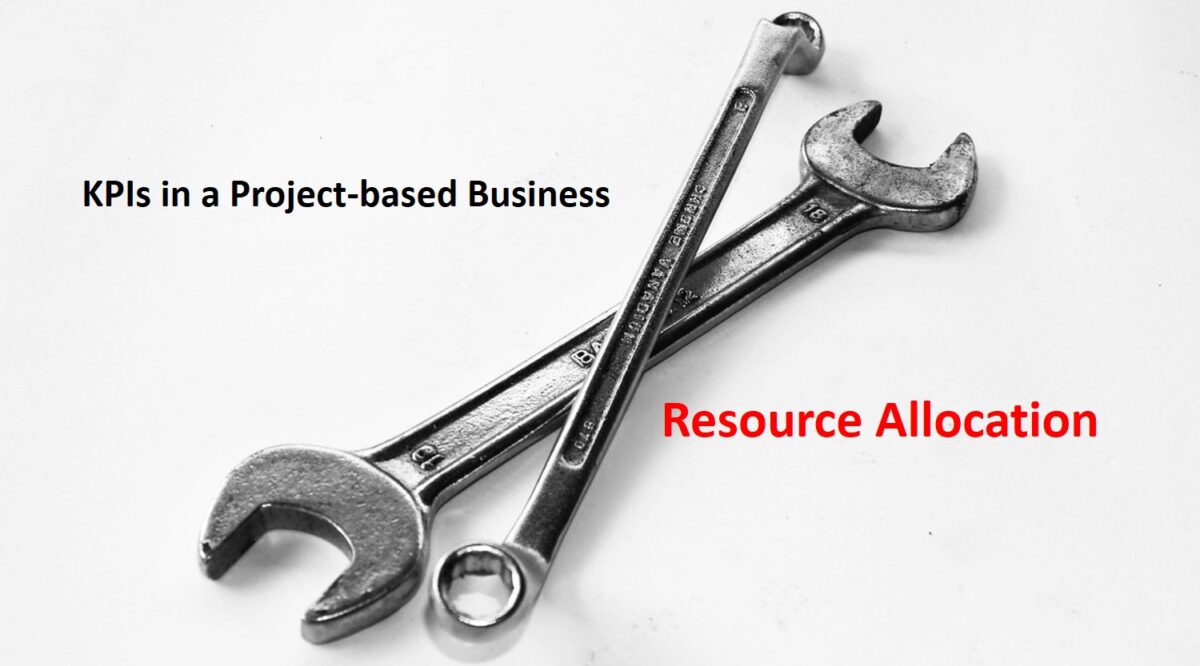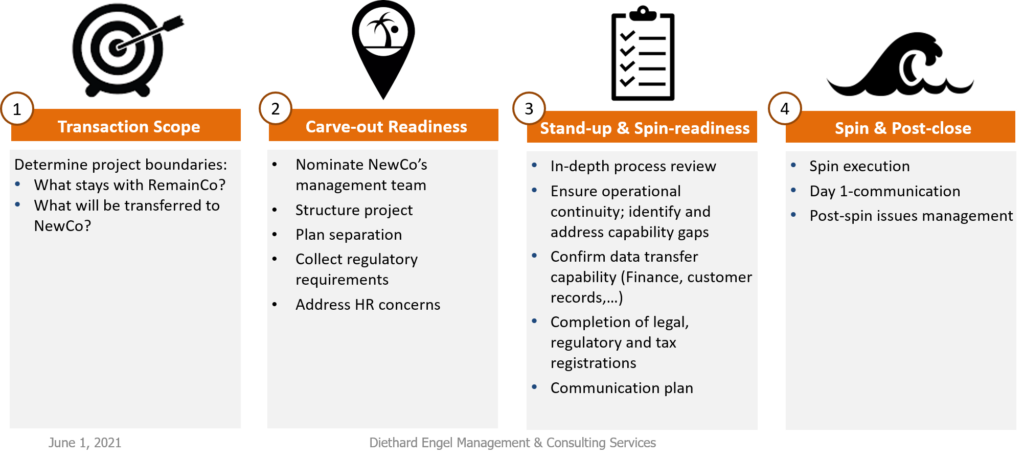Before the first project plan is drafted or the first team is briefed, there’s a crucial moment in every transformation: The decision to truly commit.
This decision doesn’t happen in a spreadsheet. It happens in the minds of the leadership team — often with hesitation, sometimes with resistance, and ideally, with resolve.
Here’s what you need to know before launching your transformation.
1. Admitting there’s a problem is the first sign of strength
It’s not easy for any leadership team to say: “This isn’t working.”
Especially when the same team has led the business to where it stands now.
But this is the strongest move a management team can make: Recognizing that the tools, structures and behaviors that once worked may no longer serve the organization.
Transformation begins the moment you admit that business-as-usual is no longer an option — and that you won’t solve tomorrow’s problems with yesterday’s playbook.
2. Don’t do it alone – and don’t start without a plan
Often, leadership teams first try to manage transformation with internal resources only. The thinking is understandable: “We know our business best. Let’s just reorganize a bit, cut some cost, maybe launch a project…”
And this usually leads to three outcomes:
- A scattered list of initiatives without a unifying strategy
- Fatigue from employees who don’t see coherence or leadership
- A loss of momentum and credibility
That’s why it’s smart — not weak — to bring in external support at the right moment.
An experienced transformation advisor can:
- Bring structure, methods and governance
- Connect strategy to operations
- Act as a neutral moderator when internal dynamics get in the way
- Keep the focus where it matters, and challenge when needed
3. Start with culture – or risk losing traction
You can define new structures, processes, and KPIs. But if you don’t address culture, change will never stick.
Culture isn’t just about values on a wall — it’s about how people behave when no one’s looking.
Before launching your transformation:
- Identify what drives your current culture (habits, incentives, stories)
- Define a target culture that matches your future ambition
- Run it by employees to gain feedback and ownership
- Lead by example — the top team sets the tone
- Invest time — cultural change runs on a different clock than project plans
4. Clarity is the currency of transformation
When you kick off your transformation, people will look for answers:
- What’s changing?
- Why now?
- How will this affect me?
If your answers are vague or inconsistent, people will fill in the blanks — and resistance will grow.
Set up a strong communication rhythm from the beginning:
- A clear narrative of the transformation
- Regular updates and transparent decision-making
- A way to raise concerns and celebrate wins
5. You don’t need to have all the answers – but you do need to lead
Your employees aren’t expecting perfection. They’re expecting leadership, clarity, and consistency.
It’s okay to say: “We’re still working through this — but here’s what we know, and here’s what’s coming next.”
In transformation, trust is built one honest conversation at a time.
If you’re thinking about a transformation, don’t just plan tasks — create commitment.
And if you need a thought partner to structure your approach, challenge assumptions, and turn strategy into action — let’s connect. Happy to exchange perspectives.










